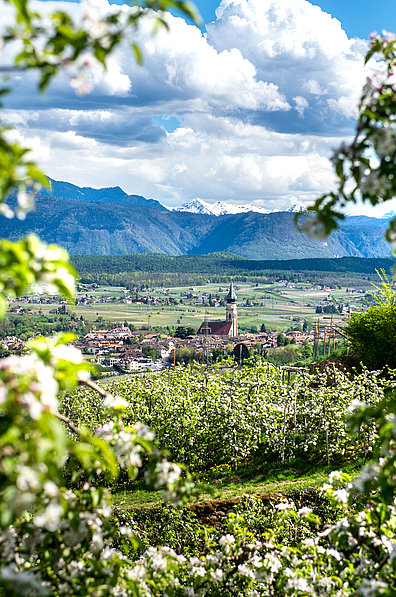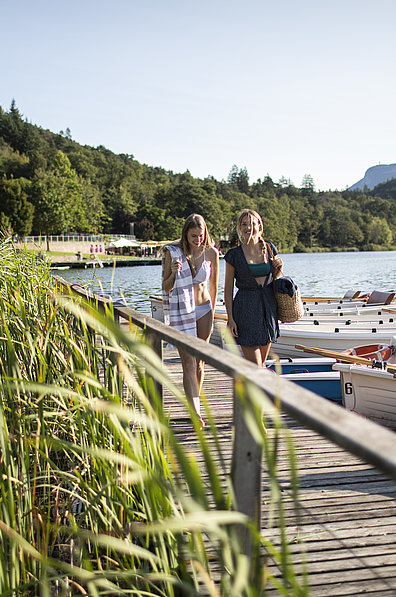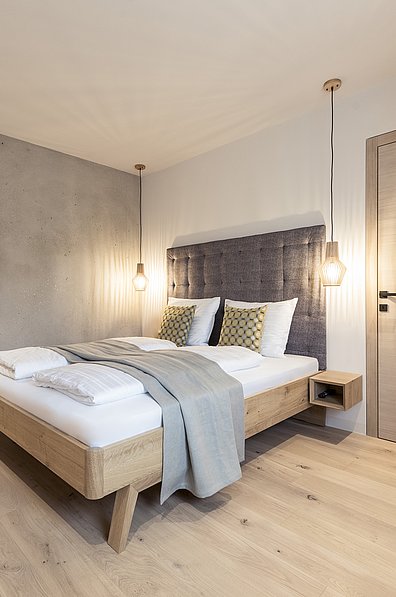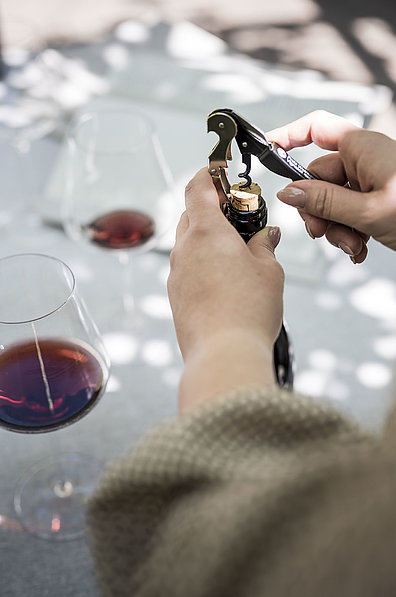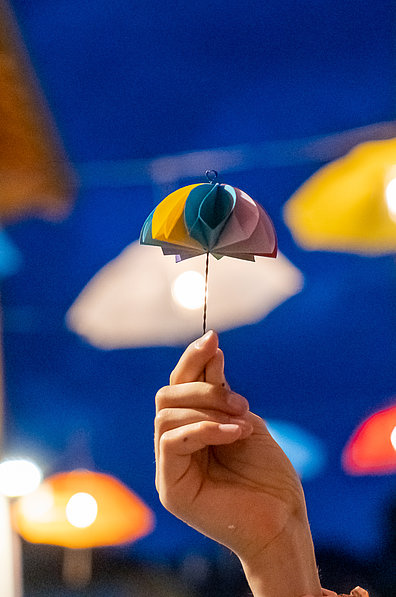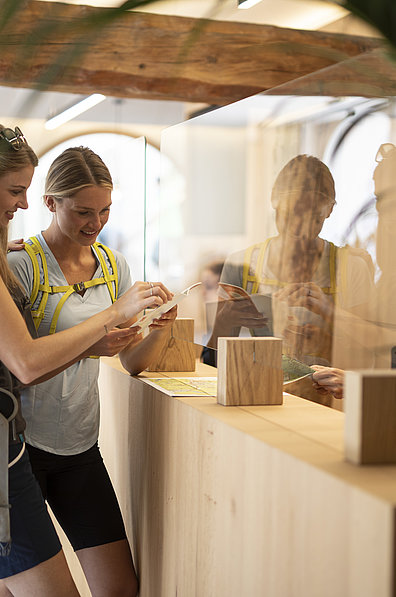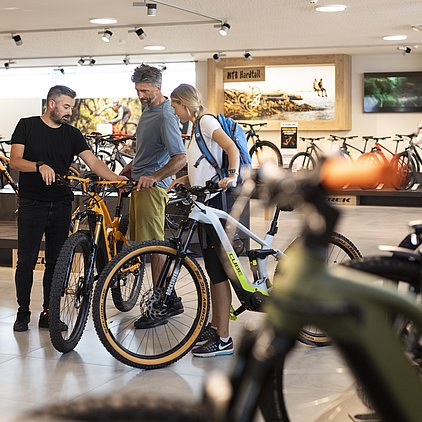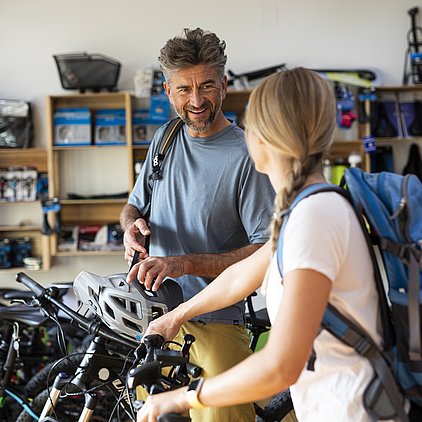Hauptmenü
Eppan
-
Eppan
- Eppan on the wine route
- Eppan live
- Eppan lives sustainability
Hauptmenü
Experience
-
Experience
- Weekly program
- Hiking
- Biking
- Sports & leisure
- Castles in Eppan
- Lakes & nature
Hauptmenü
Accommondations
-
Accommondations
- Search & book accommodations
Hauptmenü
Wine & Pleasure
-
Wine & Pleasure
- Wine & pleasure
Hauptmenü
Events
-
Events
- Events in Eppan
Hauptmenü
Contact & Info
-
Contact & Info
- Information
- Home.
- Bike Service.
- Bike rules

Rules of conduct
Respect to nature and to others
Read here about the basic rules for cyclists.
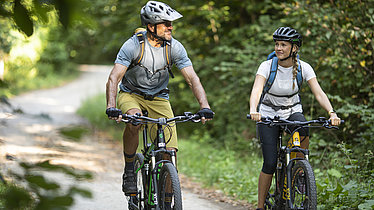


Stay healthy on your bike
MTB is actually an endurance sport.
The strain on heart, blood circulation and muscles require good health, level of work-out, and a realistic self-concept.
Avoid time pressure and increase the intensity and length of your tours slowly.
Plan carefully
Specialist literature, maps, the web and experts are all useful sources of detailed information when choosing which cycling tour complies with your individual requirements and ability.
Always adjust the tour to the group, the weather forecast and the current conditions.
Lone cyclists beware:
Even the smallest accident can have serious consequences
Only ride on adequate roads and paths
You should not ride cross-country to avoid soil erosion.
Only use suitable roads and paths and respect local road closures, possible diversions and rules, to avoid any possible conflict with land owners, road maintenance services or other excursionists.
Check your bicycle
Before starting your tour always check your brakes, air pressure, stability of the wheels, suspensions and gearshift. The perfect conditions of the bicycle are set in place by the specialist's yearly check-up.
Be fully equipped
Warm clothes, rain and wind protection, repair tools and first aid kits must be carried at all times in the backpack, together with a cell phone (European emergency no. 112), a torch and enough food and drinks. Gloves and glasses are a good protection for hands and eyes. A map or a GPS tool are very helpful orientation aids.
Always wear a helmet
Upon ascent or during descent it does not matter: always wear your helmet! In case of a fall or a collision the helmet can avoid injuries to the head or even save your life!
Protection pads can also help you avoid injuries.
Pedestrians always have the precedence
Be considerate of pedestrians, by warning them in advance of your arrival and slowing down as you draw close.
If necessary, stop completely.
A friendly greeting encourages acceptance.
Cycle in small groups and avoid those routes particularly popular among hikers.
Control your speed
Always adapt your speed to the particular condition you are cycling in. Cycle carefully and be always ready to brake, since you could encounter unexpected obstacles at any given moment.
Cycling and braking techniques can be learned at specific MTB courses.
Don't leave any marks
Use your brakes conscientiously to avoid locking the wheels. This way you will avoid soil erosion and damages to the paths.
Always remove your own litter and avoid noise.
Respect animals
Twilight is the time of day when wild animals look for nourishment. Therefore, ride by daylight, to avoid disturbing them and their habits.
Always approach animals at walking pace and remember to close all gates behind you.
These recommendations were developed by the CAA-Commission (Club Arc Alpin) for mountain sports, education, safety, in cooperation with the CAA-Commissions for refuges, paths, nature conservation and alpine region planning, and enacted by the CAA-Members Conference on 14th September 2013 in Bovec (Slovenia).


